Hardwoods: Intermediate Treatments
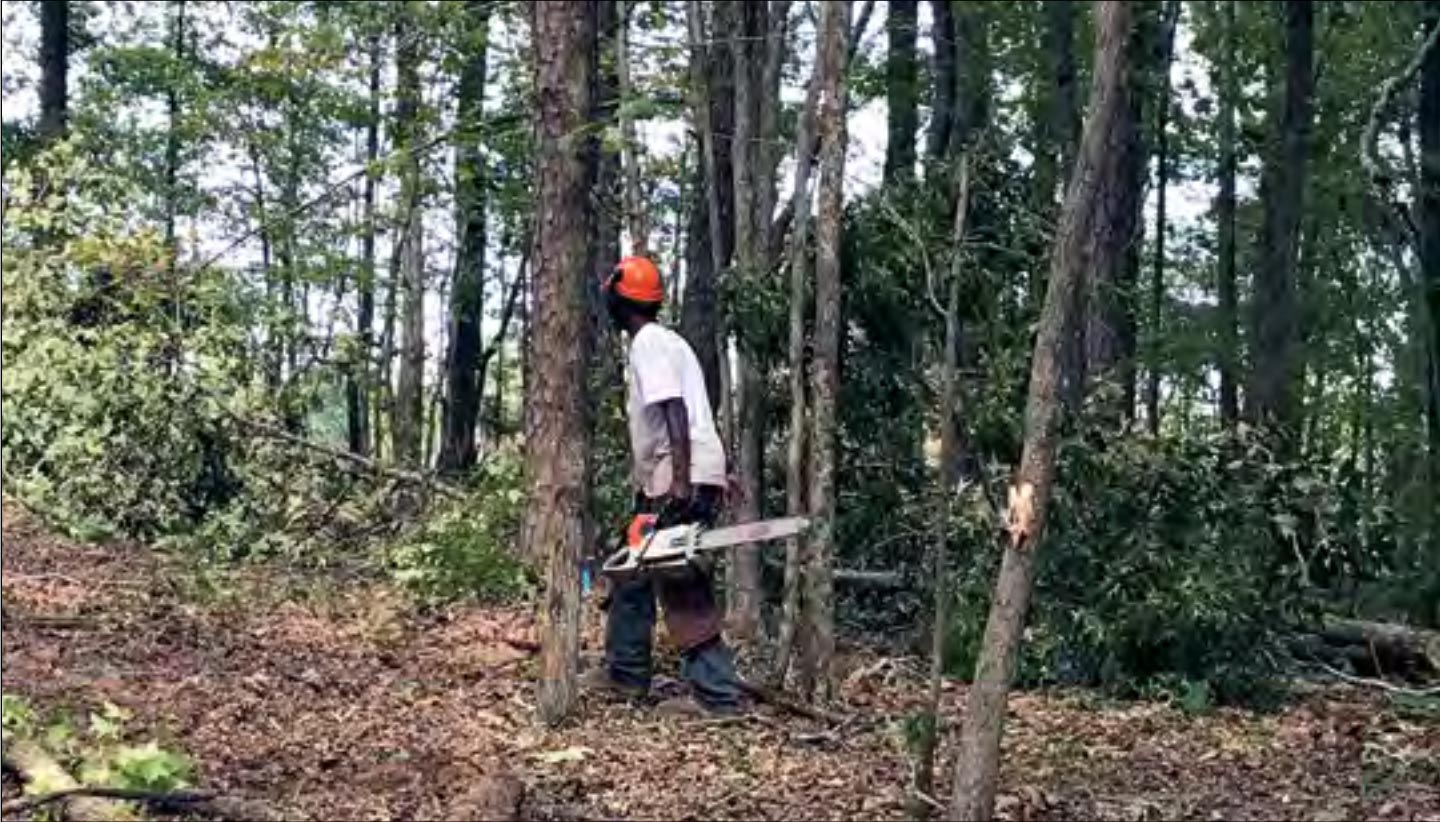
Information concerning regeneration techniques and harvesting strategies for hardwoods is available through published information or consultation with professional foresters. Intermediate treatment suggestions are often harder to find. Intermediate treatments are silvicultural methods designed to improve growth, quality, vigor, and species composition of a hardwood stand between the regeneration and harvest stages. These treatments are typically prescribed in younger age-class stands to allow time for positive treatment effects to occur before stand maturity.
While many non-oak species, such as elms, maples, or ashes, are valuable in various management strategies, oaks are usually considered most important for commercial production of wood products. Consequently, this publication focuses on intermediate treatments appropriate for improvement of oak-dominated stands. While information for all possible intermediate treatments will not be covered, crop tree release, thinning, and midstory control for timber stand improvement (TSI) will be discussed.
Crop Tree Release
Crop tree release (CTR) is an intermediate treatment designed to increase growing space in immediate proximity to trees selected for growing through final harvest. The practice focuses on reducing crown competition from surrounding trees. While CTR sounds like a thinning operation, it is different in focus. Growth or improvement of small numbers of selected trees is emphasized with CTR, whereas traditional silvicultural thinning operations focus on removal of low-vigor, damaged, or undesirable trees so that growth is concentrated on all residual stems. The intent of both treatments is to increase growth and value for the most valuable trees, but the methodology differs in complexity and the expertise needed to employ each. As an initial consideration, CTR should only be proposed on productive sites where released trees can respond. Poorer quality sites may not respond in a manner capable of recouping treatment costs.
Crop trees are selected based on factors including tree size, stem quality, crown condition, and species desirability. Based on these selection factors, CTR favors valuable, better quality trees and increases their growth and overall stand value due to crown expansion from increased resource availability. The practice should be implemented early in a stand’s rotation (10 to 40 years of age) so there is enough time for growth increases to warrant treatment efforts. In addition, the practice is advisable only if the stand is overstocked and growth potential of the more desirable stems is at risk. Thirty to 60 trees per acre should be selected for release using several criteria, such as straight stems, high vigor, full healthy crowns, and desirable species. These trees should not be suppressed (crowns underneath the general overstory canopy) or of intermediate crown class (crowns with only upper branches extending into the general overstory canopy). They should be either codominant (crowns make up the general canopy) or dominant (crowns extend above the general canopy).
Removal trees should be chosen based on crown proximity to crop trees. Trees with crowns touching crop tree crowns should be removed on at least two sides (three or four sides is better). Typically, the crowns of suppressed and intermediate trees do not impact crown expansion of crop trees and do not have to be removed. Tree “removal” can be performed using herbicides or through mechanical means. Stem injection with herbicides is perhaps the safest and most cost-effective method for controlling unwanted stems. The practice also allows for control of undesirable species (injected trees do not sprout). Methodology for injection is described in the midstory control section of this publication. Mechanical removal can be performed either through girdling (cutting through the bark/cambium around the entire tree) or by sawing. Due to risk of injury and labor investment, sawing trees should be considered only if overall quantity of removal trees is low. For more information on chainsaw safety, please read Mississippi State University Extension Publication 2250, Chainsaw Safety: Tree Felling.
Thinning
Thinning is a silvicultural technique in which trees are removed from a forest stand, thus increasing growth of residual stems due to greater resource availability. Given ample time, hardwood stands will eventually “self-thin” based on competitive ability of individual trees and overall stem density will be reduced without human intervention. However, this process offers no control over species composition, stem quality, or spacing. Consequently, natural thinning is not conducive to achieving positive returns on timber management. In addition, rotation length is typically increased to a point where retaining hardwoods may be undesirable.
Thinning in intermediate-aged stands utilizes stems that would be lost to natural mortality and results in concentration of growth on the most desirable trees. Overall density is decreased, while individual tree size, vigor, and health are increased. Proper silvicultural thinning of hardwoods uses a different thought process than that used in pine management. Typically, the primary management concern when thinning pines is for reducing the overall number of trees in a stand. The primary focus centers on lowering the overall quantity of wood in a stand, while the best quality trees are retained to maximize future profit. Hardwood thinning differs in that, while the number of trees is reduced, the focus centers on maximizing quality of wood on remaining trees. This goal is achieved through removal of stems deemed undesirable for several different reasons. The difference sounds rhetorical, but by focusing on quality rather than quantity in hardwood thinnings, the overall number of residual hardwood stems per acre often varies greatly across a stand even under the same thinning specifications. This is due to several tree selection variables that are not concerns in pine thinning efforts.
Despite the common belief that there is a definite age that is appropriate for thinning, there is not a specific date when the treatment should be prescribed. Proper timing is dependent upon several variables. Crown competition is one of the easier indicators to assess. As the canopy closes and crown competition starts to limit tree growth, ground-level vegetation disappears due to a lack of sunlight. For those who have the experience to recognize it, this lack of vegetation and visual cues to overall stand condition may suffice as signs that it is time to thin. However, a more measurable assessment can be made by quantifying crown structure. When live crown ratio (the percentage of the total tree height covered by living branches) is lower than 33 percent, thinning may be warranted. Substantially decreased diameter growth (observable in an increment core) is another indicator that it may be time to consider thinning.
While it is possible to thin hardwood stands several times during a rotation, be careful to avoid damaging residual stems during reentries. Additional thins should be performed only when biologically appropriate. This time will come as trees increase in size, growing space becomes limited again, and tree growth slows.
Deciding which trees to remove during thinning depends on management objectives. For the goal of timber production, thinning should target undesirable species, trees with poorly formed boles, trees with suppressed or unhealthy crowns, and trees exhibiting slow growth. The quantity of trees removed also depends on management objectives, but the amount must be great enough to attract loggers for harvesting. Typical hardwood thinnings remove between one-third and one-half of the trees in a stand. However, it is important to remember that the goal of a hardwood thin is not simply to remove trees but to retain the best quality trees for timber production.
When evaluating a stand for thinning, trees are often divided into four classes for easy determination of which to remove or retain: (1) preferred growing stock, (2) reserve growing stock, (3) cutting stock, and (4) culls. Preferred growing stock trees are future crop trees. They must be of a desirable species, possess high-quality boles, have dominant or codominant crowns, exhibit acceptable growth rates, and offer no reason to doubt that they can be left indefinitely without risk of mortality. Typically, these trees will not make up more than 10 to 15 percent of a stand. Reserve growing stock trees are “good” trees, but they do not rank as highly as preferred growing stock. They must be of a desirable or acceptable species, possess boles of decent quality, have a codominant or dominant crown, and be able to survive at least until the next stand reentry. Cutting stock trees are those that must be cut during the next harvest. They are either of an undesirable species or at risk of mortality or serious degrade. Cull trees are incompatible with management goals. They can be of any species and are using growing space but are not, or will not, grow into sawtimber.
These tree classes are assigned to individual trees, and removal is prioritized based on their designation. All cutting stock and cull trees are removed. Reserve growing stock trees may be left or cut depending on thinning intensity. All preferred growing stock trees are left as final crop trees except in special cases. For example, the tree is about to “grow out” of merchantability size class and should be removed while still marketable. Use of this classification system ensures that high-quality stems are retained and high grading does not occur in thinning operations.
Select loggers with experience in operating in hardwoods and who operate equipment appropriate for the task. The goal is to avoid damage from skidding and felling to valuable residual trees. Even small amounts of damage to remaining hardwood stems may be reason for serious concern compared to what may be considered acceptable in pine management. Damage from loosened patches of bark in oak species does not readily seal with sap as it does in pines. Consequently, fungal infections can occur, and the resulting decay often creates cavities in the trunk. These cavities reduce stumpage value drastically, and care should be given to avoiding their creation when possible. It is advisable to establish limits for tree damage (bark stripping, branch/stem breakage, etc.) and include a damage clause in timber sale contracts.
Midstory Control
As an intermediate treatment, midstory control is sometimes used for timber stand improvement (TSI) to eliminate trees of undesirable form, quality, condition, growth rate, or species. Control of these trees stimulates growth of desirable crop trees by increasing available growing space. However, the primary reason for midstory control in hardwood stands is to increase light for establishment and recruitment of advanced regeneration.
Success in oak regeneration is heavily dependent upon larger seedlings (called advanced regeneration) already established at the time harvesting occurs. Seedlings that germinate after harvest typically do not perform satisfactorily due to the effects of intensified vegetative competition. Consequently, oak advanced regeneration should be established before initiating harvesting activities. These seedlings should be between 1 and 4 feet in height and possess root collar diameters of at least one-quarter of an inch. Due to well-established root systems, these seedlings are much better positioned to compete for growing space in newly regenerated stands.
Again, the purpose of midstory control in establishment of oak advanced regeneration is to increase light at the ground level. As a stand-alone treatment, midstory control will not typically provide a satisfactory increase in light that results in adequate establishment of oak advanced regeneration. However, the treatment does set the stage for a regeneration cut, such as shelterwood cutting, to serve in that role.
Midstory control can be achieved by using mechanical or chemical means. As detailed in the CTR section, mechanical treatment can be performed using chainsaws. However, risk of injury is greater, and labor investment can be high. Subsequently, mechanical removal of the midstory should be considered only if the overall number of stems to be removed is low.
The primary means of midstory control is through use of herbicides in injection applications using the hack-n-squirt technique. Due to susceptibility of most hardwoods to a wide array of forest herbicides, injection is often the only herbicide application capable of controlling midstory trees without unintended damage to crop trees. The method can be particularly attractive to private landowners since the technique is easy or can be easily contracted and supervised as they see fit. If needed, it can be performed throughout most of the year, but the greatest levels of efficacy are achieved during fall and winter months. Additionally, if landowners complete the work themselves, it can be performed as time permits with very low investment in equipment.
Injection involves depositing herbicide into targeted stems using cuts spaced around the trunk of the tree with an ax, hatchet, machete, or tree injector. Non-overlapping horizontal cuts that penetrate the sapwood are cut around the tree. A small quantity of herbicide (typically imazapyr) is then deposited in each cut. For detailed information regarding the use of midstory injection, please read Mississippi State University Publication 2942, Tree Injection for Timber Stand Improvement.
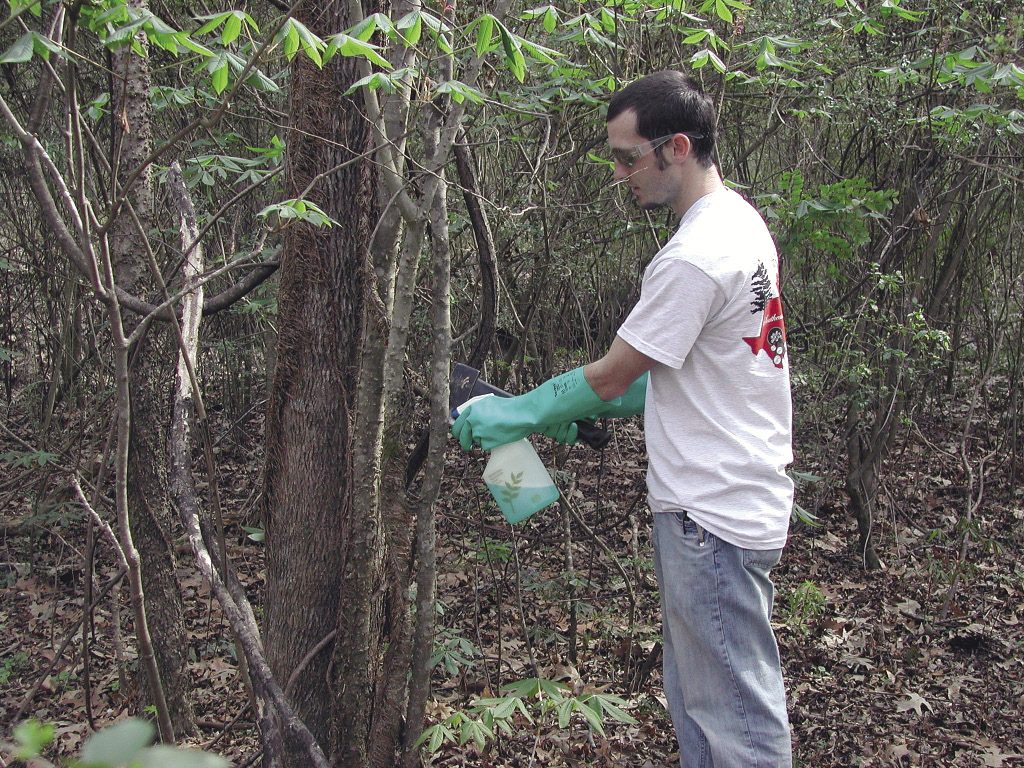

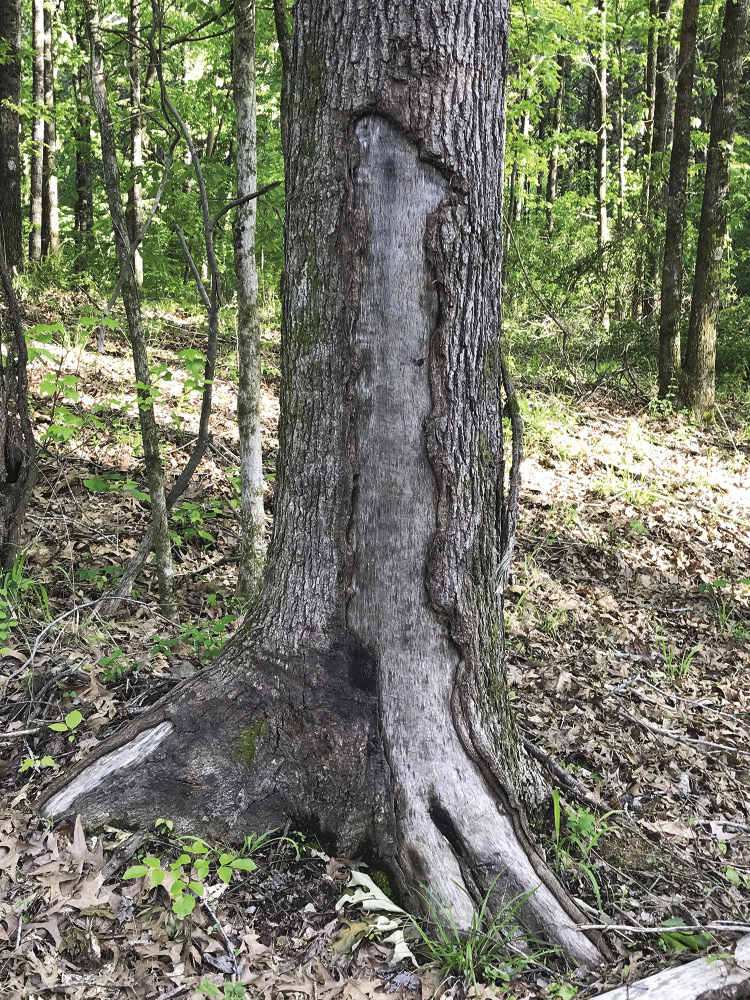
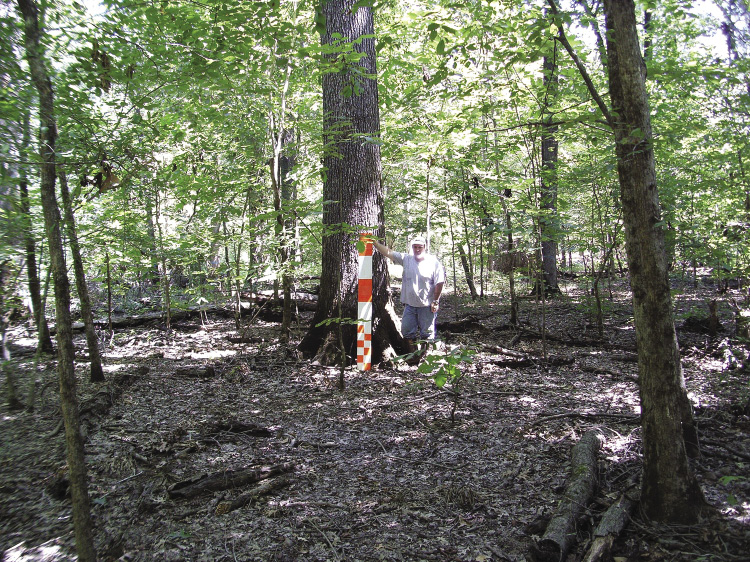


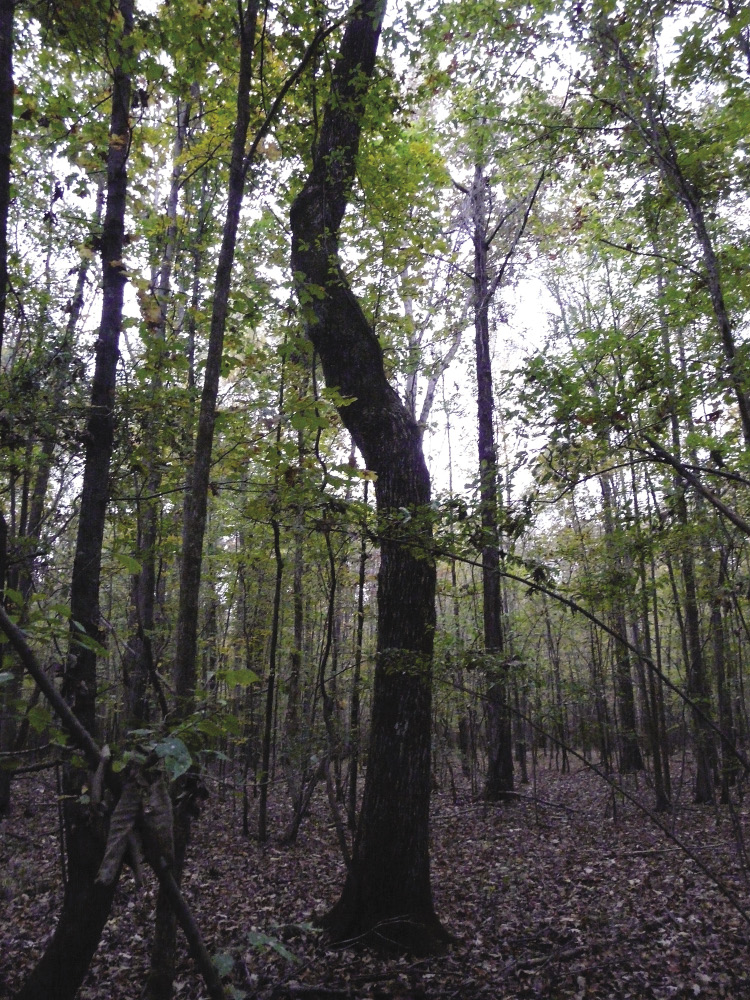
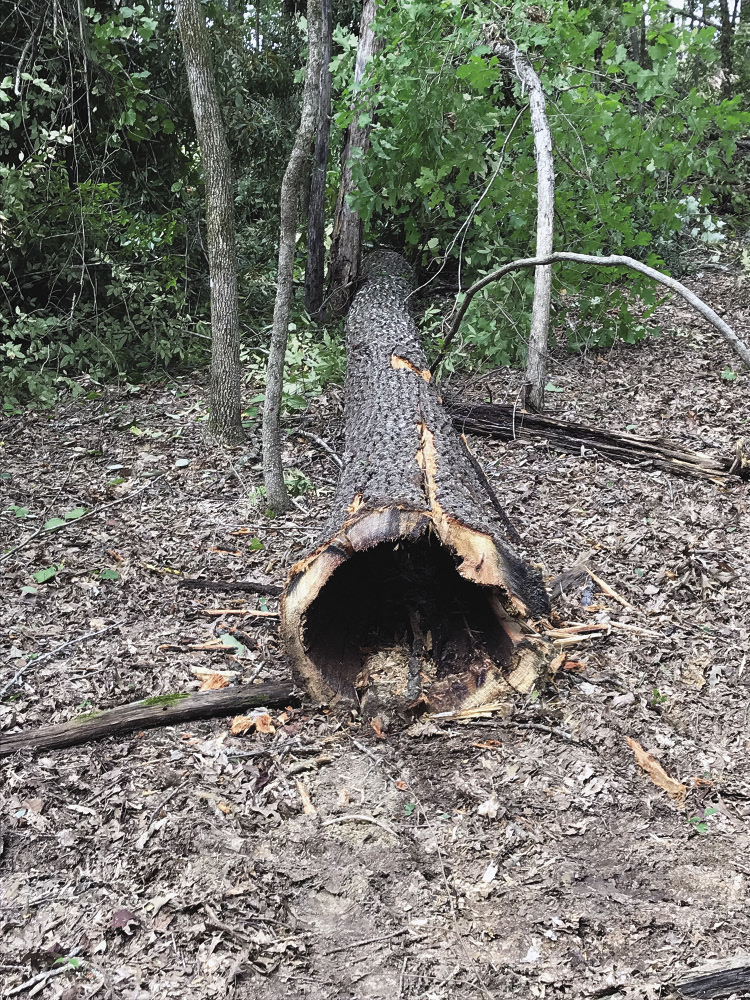
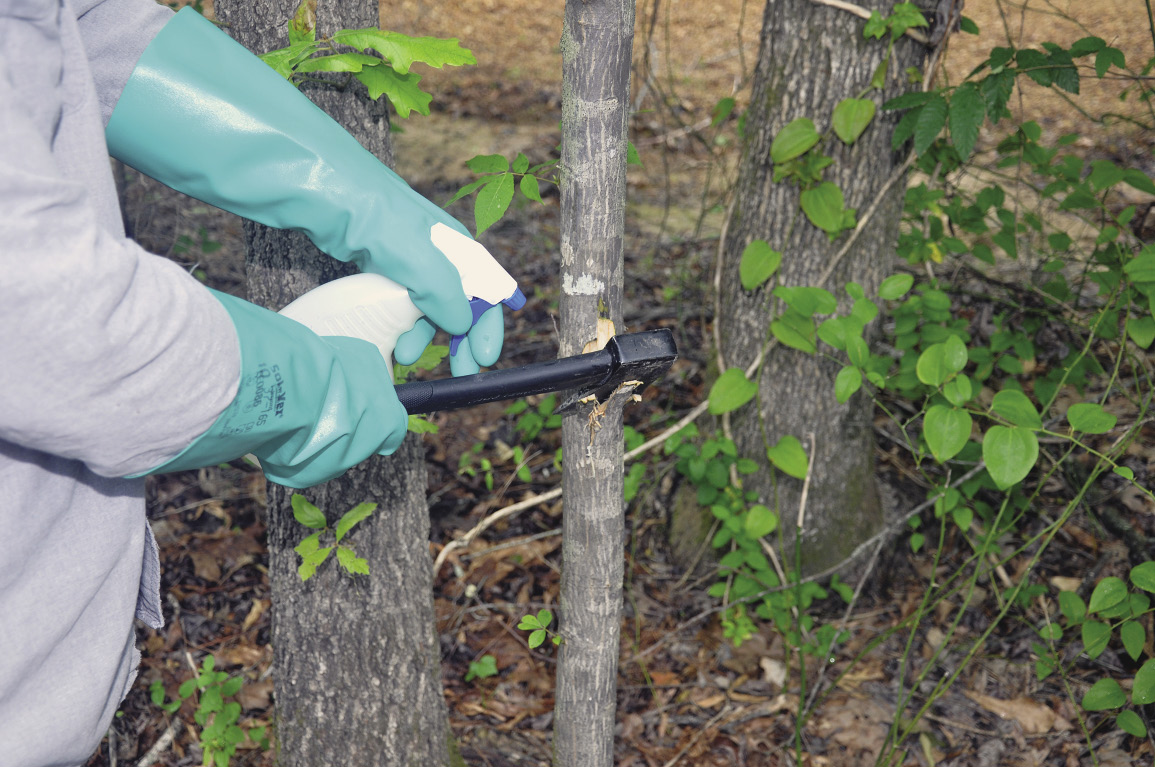
Final Thoughts
Often, hardwood managers do not consider intermediate treatments, nor are these treatments always necessary. However, crop-tree release, thinning, and midstory control all offer benefits to land managers looking to increase value of hardwoods stands. All serve to increase growing space for more valuable trees and are readily available as tools in management efforts.
Additional Reading
Auel, J. B. 2017. Chainsaw safety: tree felling. Mississippi State University Extension Publication 2250. 4p.
Moorhead, D. J., and K. D. Coder (eds.). 1994. Southern hardwood management. Mgt. Bull. R8-MB 67. U.S. Department of Agriculture, Forest Service, Southern Region, New Orleans. 142 p.
Self, A. B. 2019. Tree injection for timber stand improvement. Mississippi State University Extension Publication 2942. 8p.
Publication 3468 (POD-06-23)
By A. Brady Self, PhD, Associate Extension Professor, Forestry.
The Mississippi State University Extension Service is working to ensure all web content is accessible to all users. If you need assistance accessing any of our content, please email the webteam or call 662-325-2262.




